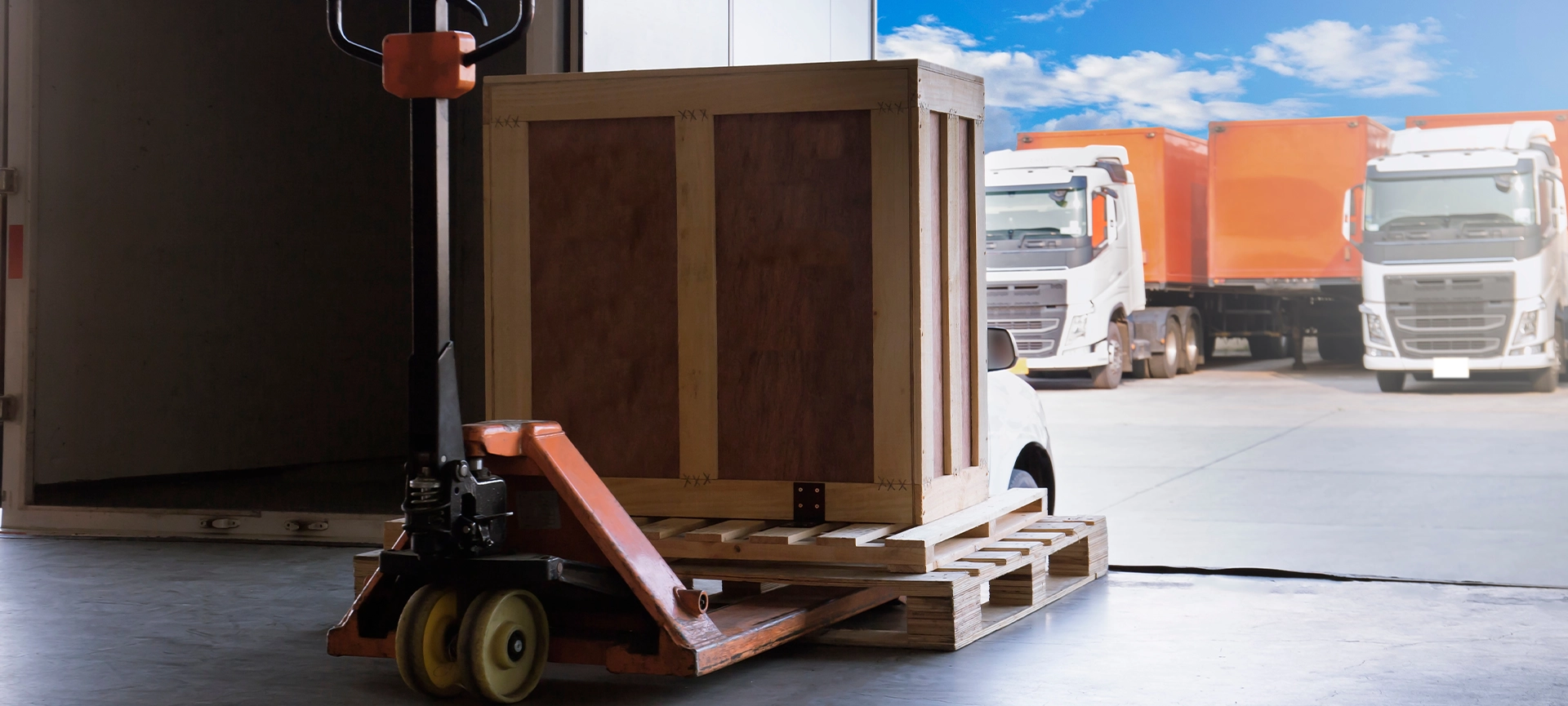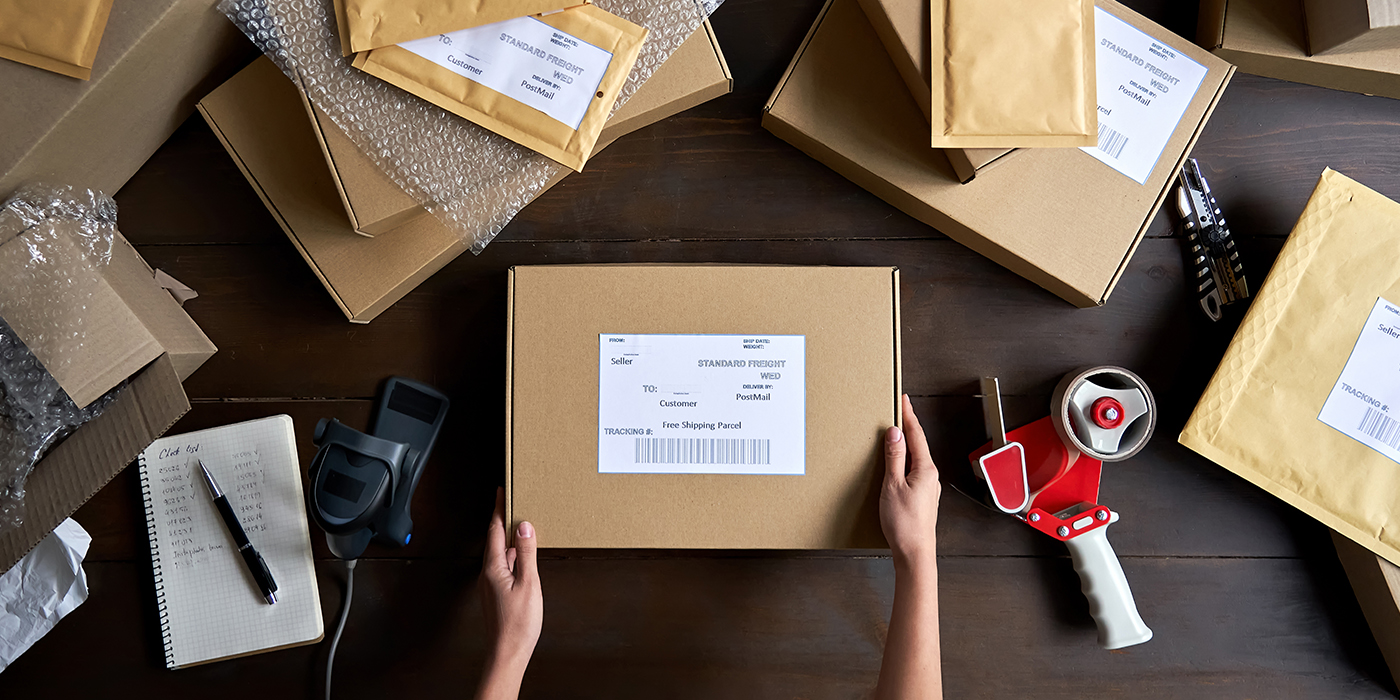Finding cost-efficient ways to ship goods is an important part of running any successful business. For many companies, the best solution comes in the form of Less Than Truckload (LTL) shipping.
LTL allows you to ship smaller freight totaling between 150 lbs and 15,000 lbs. This is ideal for companies that deal in smaller shipments that are not suitable for a Full Truckload (FTL).
Here we will look at what you need to know about LTL shipping for your business including the pros and cons of LTL shipping, best uses of LTL shipping, and how to get started.
How Does LTL Shipping Work?
With LTL shipping, your freight occupies a portion of a truck’s trailer while other shipments take up the additional space. This allows you to transport smaller shipments without needing to pay for an entire trailer’s worth of space. Instead, the cost is split among the shipments with each shipper paying a portion based on the size of their shipment.
Typically, freight qualifies for LTL shipping if it is between 150 lbs and 15,000 lbs though some carriers may have slightly different requirements. For example, items that are awkwardly shaped or too fragile to be contained within a crate or pallet may not be good candidates for LTL even if they fit within the weight limits.
LTL Shipping Step by Step
When shipping LTL freight, you can expect these steps:
- Your freight is picked up by your LTL carrier from your business or warehouse.
- Your freight is then transported to a nearby terminal.
- At the local terminal, your freight is moved onto a different truck that will take the shipment to the final terminal for distribution.
- From the destination terminal, your cargo will then be taken to the end customer via a last mile delivery truck.
What are the Pros and Cons of LTL Shipping?
LTL shipping has several key benefits but it is not without disadvantages. These are the main pros and cons of this shipping method:
Pros of LTL Shipping
- Cost-Efficient: If you do not have the freight volume required for FTL shipping, LTL provides the most affordable option since you split total costs with other shippers.
- Eco-Friendly: LTL shipping is often more environmentally friendly since trucks are packed for optimal space usage. In contrast, an FTL shipment only has one shipper’s freight and this may or may not max out the available space.
- Tracking and Handling Options: LTL shipping continues to improve by offering detailed tracking, expedited shipping, and special handling options.
Cons of LTL Shipping
- Higher Cost Per Lb/Kg: While LTL shipping does provide a more affordable way to ship smaller freight, its cost per pound is higher than FTL shipping. Therefore, if you do have a large enough shipment to max out an FTL, that can be the better option.
- Potential Slower Delivery: Since multiple shipments must be picked up before being taken to the final destination, there is more room for potential delays. Additionally, the truck may make other stops along the way to pickup or dropoff items. This is different from FTL shipping where a truck is dedicated to your freight alone.
- Increased Handling: LTL shipping requires more handling, loading, and unloading compared to FTL shipping. Due to this there are more opportunities for freight to get damaged or lost. Safety precautions are put in place but there are potential issues in any kind of shipping. This should not deter you from using LTL but you should keep this in mind when packaging your shipment to make it secure. You may also want to consider additional insurance on more valuable items.

When to Use LTL Shipping
Not all of these criteria must be met in order to ship via LTL, but when your cargo meets all or most of these requirements it will be easier and more affordable.
- Freight weighs between 150 lbs and 15,000 lbs
- Freight can be contained on a pallet or in a crate
- Freight can be safely stacked/have other freight stacked on top of it
- Freight does not require special handling
- Delivery times are flexible
What Effects LTL Shipping Costs?
There are multiple factors that will affect your shipping costs. These include:
Freight Weight/Volume: Both the weight and dimensions of your shipment are taken into consideration when calculating shipping. Since weight is not the only factor, lighter items that take up more space can result in higher costs per pound than more compact items.
Ease of Access: Certain drop off locations are more difficult to access and take more time resulting in a higher fee. For example, delivery to a trade show, military base, or anywhere where there is a greater level of security to maneuver around will incur extra costs.
Travel Distance: Greater distances mean greater costs associated with increased driving hours and fuel used.
Special Handling: Any freight that requires special handling or extra cautions will cost more. For example, any potentially dangerous substances or fragile cargo will require extra time for special handling.
Additional Services: There are a variety of services you can add on (or may need to add on) to your shipment. These services include expedited delivery and use of a liftgate which is needed when the receiving terminal does not have a dock. Additionally, if a carrier is required to go into a building to pick up or load freight this is a special request and separate fee.

Get a Free Quote on LTL Shipping in Canada
LTL shipping provides an affordable form of transporting goods for many companies. You can get started with LTL shipping in Canada easily with RoadLINX. Our network of trusted drivers and logistics experts are here to help find you the best rates and delivery options.
To request your free freight LTL shipment estimate fill out our quick shipping rates form. Simply input your shipment details and we’ll provide you a custom quote.



